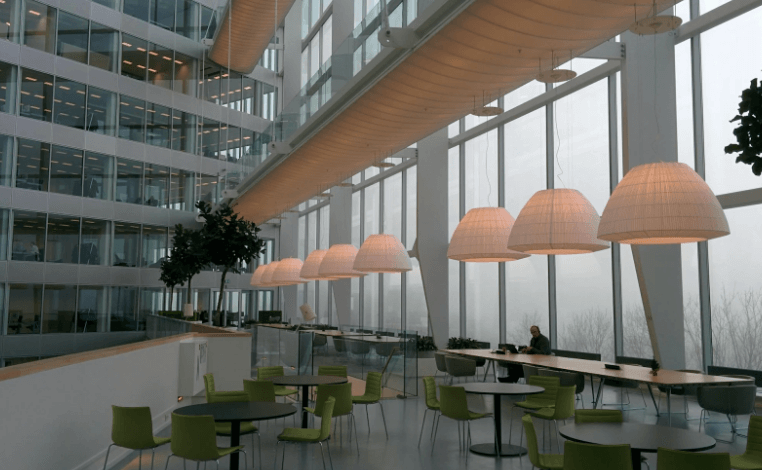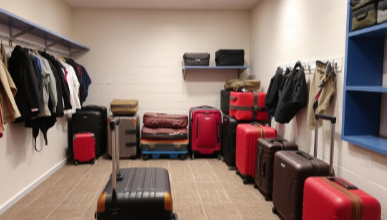How Does Being Called Back to the Office Impact Real Estate?

Nowadays, working remotely has become the norm, especially since COVID-19. But as companies have started to call employees back to the office, the real estate market is going through a shift. Renters and buyers are looking for homes closer to the offices, therefore, the return-to-office movement is reshaping both commercial and residential real estate.
In this blog post, we will discuss how returning to the office impacts real estate in detail.
The Office Real Estate Market: Rebounding or Reshaping?
Revitalizing Urban Office Spaces
As businesses adapted to remote work during the pandemic, many downtown office buildings went empty or underutilized. With employees returning to the office, many companies are again interested in urban office spaces, but with a twist. As the hybrid work model has become a new normal, traditional office layout are reimagined for a more collaborative environment.
There is an increase in demand for open-concept spaces, common areas, and flexible workstations. Employers are now more interested in creating spaces that encourage interactions and creativity with utilized technology and comfort. The office sector is rebounding, but companies are also looking to reduce square footage to develop efficient, flexible spaces, away from big traditional offices.
See also: Gcp Big Query: Powerful Data Analytics for Mass Storage and Analysis Ezwontech.Com
Rise of Flexible Workspaces
As work models become more unpredictable, companies increasingly favor flexible office spaces, like co-working spaces provided by providers like WeWork. These spaces make it possible for businesses to rent office areas on a short-term or pay-as-you-use basis. Companies that aren’t sure about how many people they’ll need in the office in a few years can benefit from this flexibility; they can scale up or down easily, without having to lock themselves into a long-term lease.
This shift works for small businesses and startups as well as larger companies that are transitioning toward a hybrid model. Therefore, commercial real estate investors are beginning to consider diversified portfolios that include co-working spaces, especially due to the growing demand for flexible office spaces.
Residential Real Estate: Shifting Suburban and Urban Dynamics
Is the Suburban Boom Cooling Off?
Remote working arrangements caused a suburban boom which is now cooling off due to employers going back to working from office spaces. Working in urban areas and living in the suburbs causes people to take more time traveling to the office and spend a while away from home, which is an uncomfortable arrangement.
Even if the demand for suburban properties does not fall off drastically, growth rates in home prices could stabilize as more people consider living closer to urban areas. And it’s especially true for young professionals who prize work-life balance and are more willing to give up suburban space for shorter commutes and city amenities.
Impact on Home Prices
Shifting demand on the real estate market is already causing property prices, commercial and residential, to change. As some demand moves back to cities, suburban home prices are also slowing down their growth rate, after surging in 2020 and 2021. On the other side, urban areas may see a rise in home prices, particularly in the areas surrounding a business hub.
Buyers are reevaluating priorities real estate markets are balancing, and the ‘work-friendly’ trend is giving rise to fresh investment opportunities.
Commercial Real Estate Trends to Watch
Repurposing Commercial Spaces
As traditional work trends continue to evolve, repurposing commercial real estate spaces has become a popular trend. Property investors and owners are converting commercial spaces into residential accommodations or mixed-use spaces.
Increased Emphasis on Amenities
Now, companies are spending big on high-quality amenities so that the office becomes a more attractive place for employees. This is part of a wider trend to create a workspace where you don’t just have a desk, but amenities like on-site gyms and cafes, rooftop lounges, wellness rooms, and so on – designed to give employees a pleasant experience and make them comfortable.
Companies are working with real estate developers and landlords to provide upgraded facilities that respond to this demand. Properties with more amenities are likely to fetch higher rents, and more organizations compete for talent by providing employees with a pleasant workspace.
New Locations Rising in Popularity
In cities like New York, San Francisco, and Los Angeles, where high costs and office crowding are commonplace, some companies are moving satellite offices to secondary cities. Growth in commercial real estate markets is happening in Austin, Nashville, and Raleigh, which are mid-sized cities with lower living and operating costs.
Conclusion
The call back to the office is reshaping the real estate landscape, affecting where people live, how companies operate, and what developers build. This shift offers new opportunities and challenges for investors, businesses, and individuals alike. As the market adjusts, staying informed will be crucial for making sound real estate decisions.




